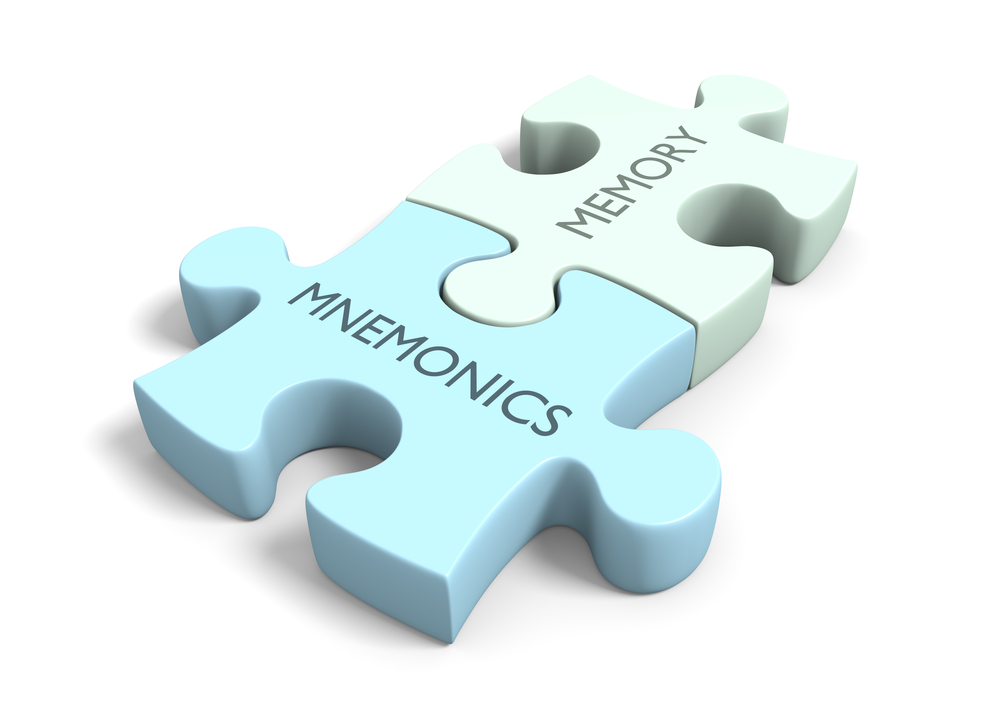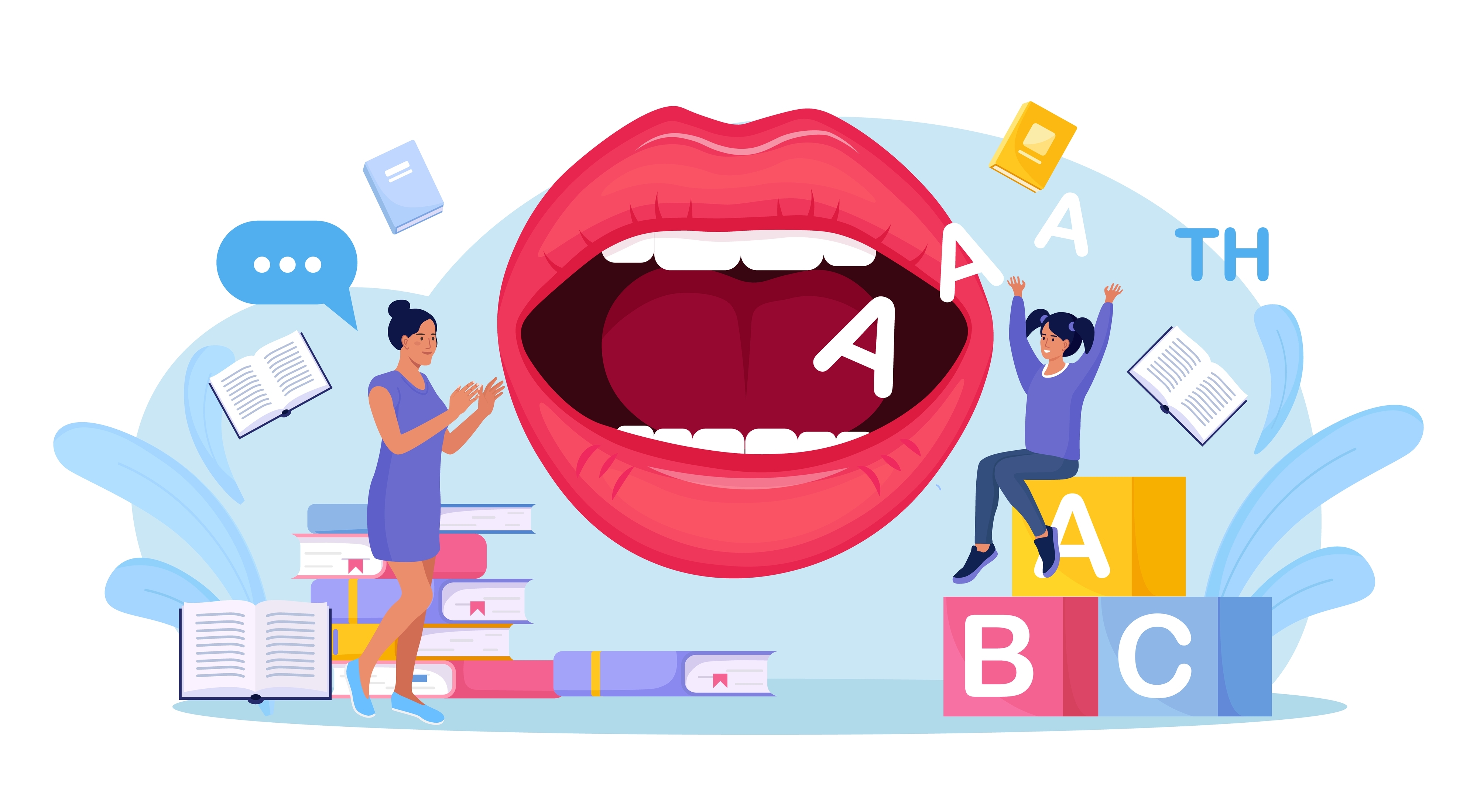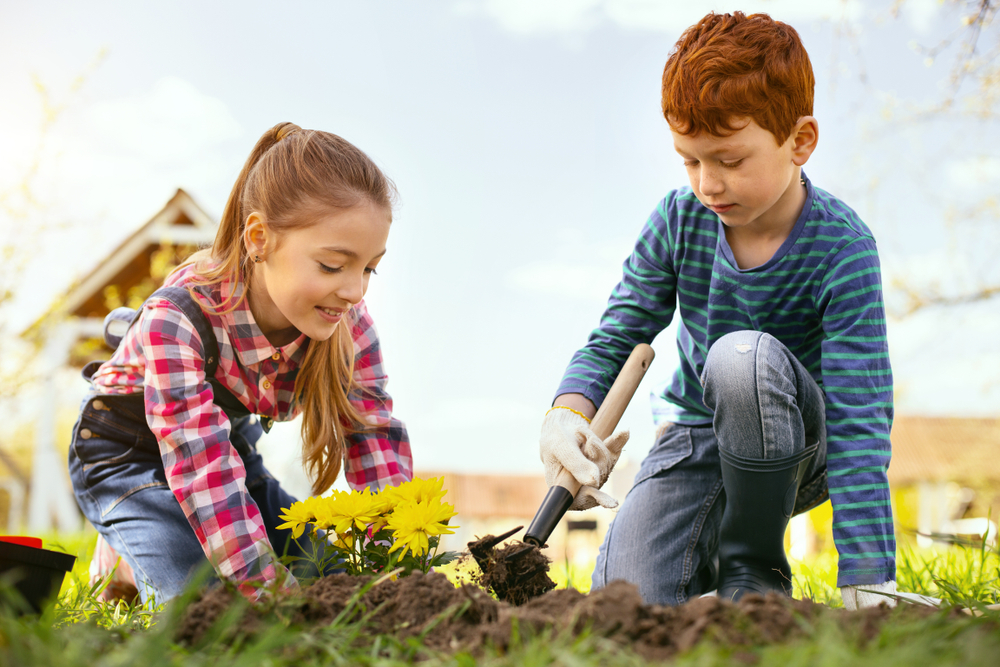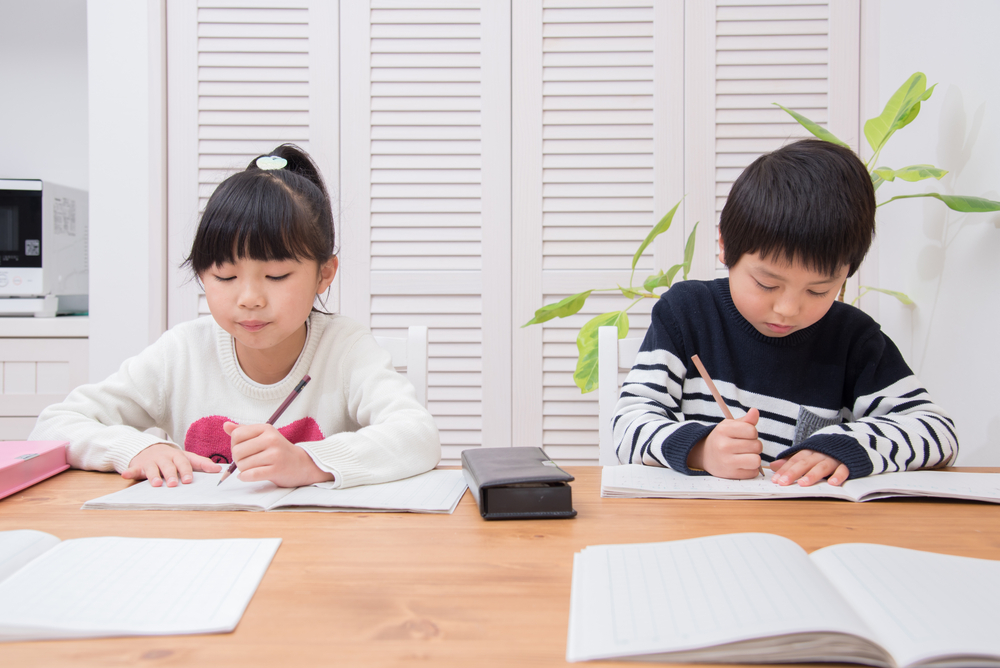Recording findings Worksheets for Kids
1 filtered results
-
From - To
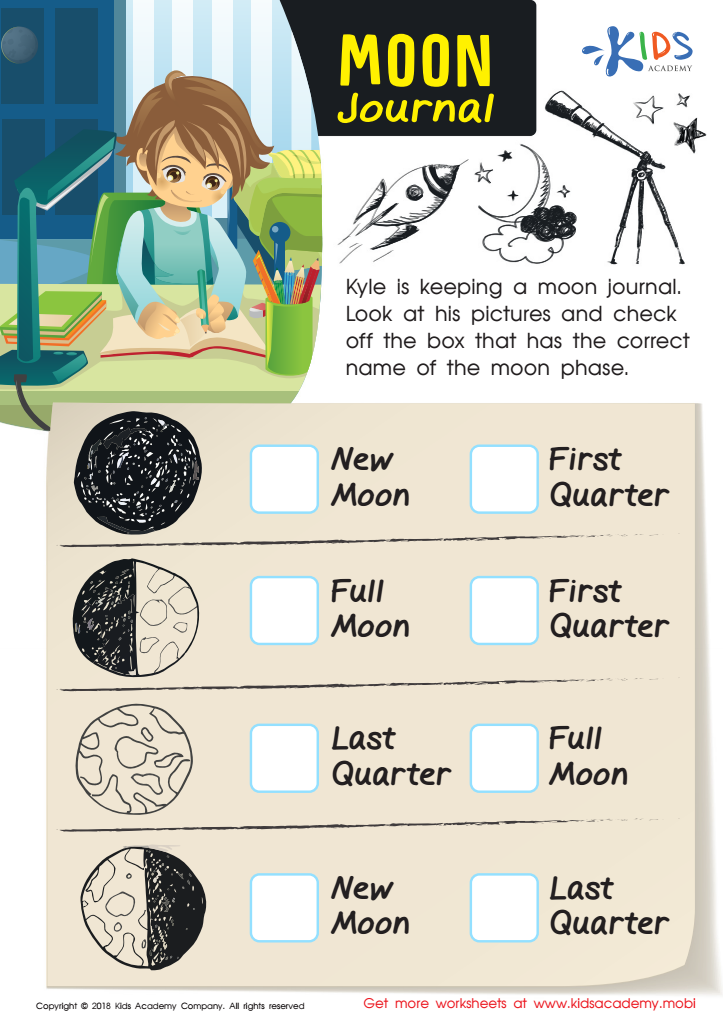

Moon Journal Worksheet
Question/Answer
Why is the Recording findings skill important for Grade 1 students?
The Recording findings skill is important for Grade 1 students because it lays the foundational stone for critical thinking and scientific inquiry. It helps them learn how to observe, document, and analyze their surroundings methodically.
How does the mastery of the Recording findings skill affect a student's performance at an early age?
The mastery of the Recording findings skill at an early age significantly enhances a student's performance by boosting their observational, analytical, and documentation abilities. It fosters critical thinking, improves attention to detail, and helps in the effective organization and presentation of information. These competencies are fundamental in academic success and lay a strong foundation for future learning and problem-solving skills.
How to test a Grade 1 student’s Recording findings skills?
To test a Grade 1 student's recording findings skills, give them a simple, hands-on task, such as observing different types of leaves or watching ice melt. Ask them to draw what they see or use stickers, stamps, or pre-written labels to document their observations. This approach assesses their ability to notice details and record them in a tangible way.

 Assign to the classroom
Assign to the classroom
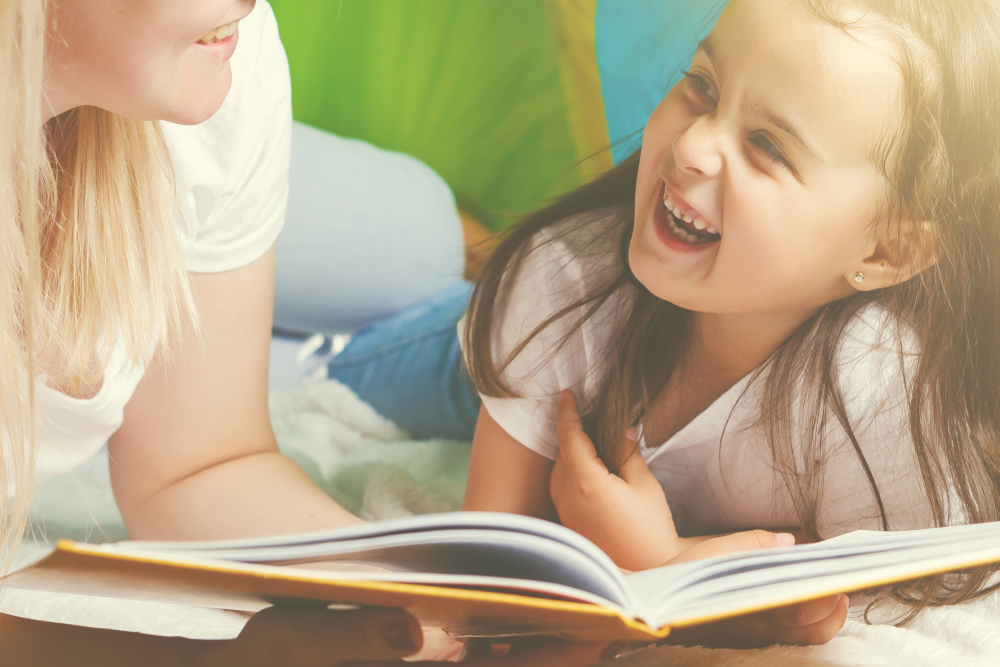
.jpg)
